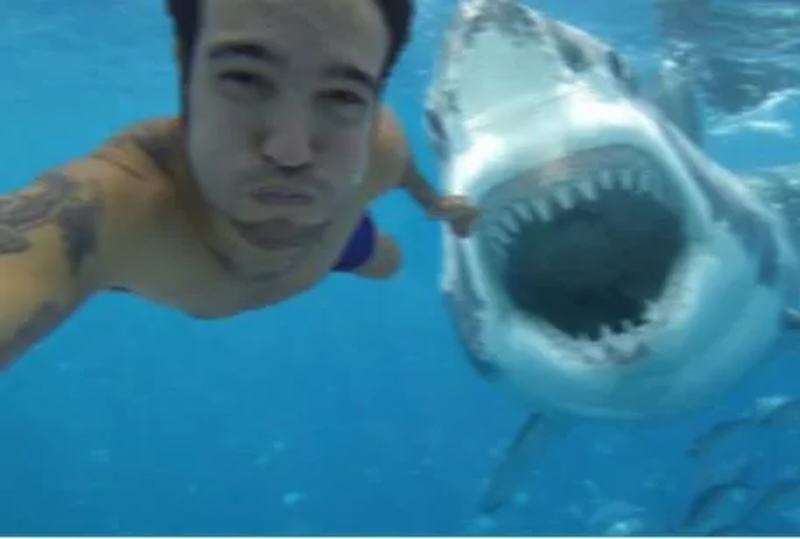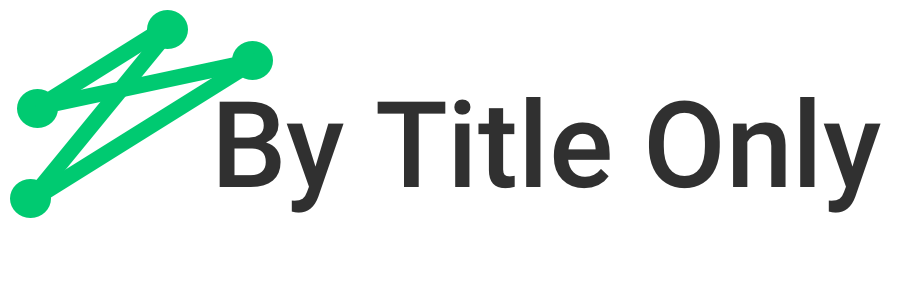I’ve got no problems flying on a plane.
Turbulence doesn’t bother me.
I’ve got no issues zip-lining 18 stories above the rainforest.
The speed is exhilarating to me.
I don’t have a fear of heights, I have a fear of the ground.
Specifically, a fear of hitting the ground really hard.
I don’t mind securely soaring through the air. The things that make my weebles wobble are the ones whose sole purpose is to fall towards the ground.
No bungee jumping for me, thank you.
Sky diving? Nope.
Rollercoasters? Nuh-uh.
Heck, I won’t even jump off a curb unless I have little risk of twisting my ankle.
I either need my feet firmly on the ground or nowhere near coming close to it.

The Entrepreneurial Risk
I’ve started three companies from simple visions, built them, and sold them each to publicly traded businesses.
People say I’m brave.
I disagree.
I saw an opportunity, created a product, and ensured people would buy it. Then, and only then, did I start a company to support it.
Essentially, I waited until the water was warm before jumping in and swimming. Hypothetically, of course. There was no actual water. And definitely no jumping. I don’t want to twist my ankle.
A Risk-Taker Not Taking Risks
People think I’m a risk-taker. They think it’s highly risky to start a new company.
In reality, entrepreneurs are some of the most risk-averse people I know. We aren’t gamblers. There’s too much to lose.
There’s a difference between risk-taking and savvy decision-making, otherwise known as calculated risks. For the uninitiated, it may be hard to tell the difference from afar.
Let me try to explain.
General risk-taking implies that there is high risk.
Risk-taking is like trying to take a selfie with a great white shark. It usually doesn’t end well.

Risk-taking is betting your entire life savings on one number of the roulette wheel, knowing there’s only a 3% chance of winning.
On the other hand, there is savvy decision-making.
Savvy decision-makers assess their options and decide on the route with the best return for the least risk.
The more experienced you are as a leader, the better you get at doing this (hopefully).
Successful entrepreneurs are some of the most savvy decision-makers. They have to be. There’s too much on the line to ride aimlessly off the edge of High-Risk Mountain.
Keep in mind that everybody takes risks every single day. You do, too. Heck, it’s a risk to drive your car down the street. It’s a risk to trust a restaurant for their food preparation. It’s a risk to have NFC chips implanted under your skin so you can always pay for stuff with your forehead, yet here I am.
[Editor’s Note: ignore him]
Being able to assess risk and effectively make good choices is an important skill that every leader needs to master. Frankly, it’s a pretty vital skill to master for anybody who considers themselves a member of the human race.
In my executive coaching work, I find that the leaders who struggle the most are the ones who try to remove risk from decision-making. But that’s not the right answer.
Running a business with no risk is to have no business at all. In fact, there’s greater risk in trying to have no risk than there is in embracing risk. But that’s a risky conversation best held for a different gummy.

The Risks of Innovation
Innovation requires that you take risks.
But, as I mentioned above (had you been paying attention), calculated risks are about savvy decision-making. And savvy decision-making needs to happen at all levels of an organization in order for innovation to continually occur.
Some of the most important innovations for any company don’t happen in the stuffy offices of the C-suite. Instead, innovation happens in the humdrum status quo of the daily grind by the people you take for granted.
It’s the finance manager who suddenly comes up with a new way to manage operations. It’s the account executive who figures out the simple feature that opens a flood of new customers.
None of that happens, however, without a culture where taking calculated risks is the accepted norm.

A Culture of Calculated Risks
In my work as a business transformation consultant, I encounter many leaders who complain that they wish their staff would take more chances. They are tired and frustrated that they alone must drive all of the company’s innovation.
”I just need to hire more innovative employees,” they tell me.
”No, you don’t,” I respond, getting ready to enter the part of the conversation relationship where I tell them it’s all their fault.
”It’s all your fault,” I continue, somewhat expectedly.
You see, creating a culture of innovation, or, rather, building a culture of calculated risks doesn’t happen randomly. The culture has to be methodically nurtured.
This seems like a good time to bring up Google.
Google created what they call the 20% Project. Essentially, employees are encouraged to spend 20% of their time – 8 hours per week – working on anything they want that will most benefit Google.
The mandate: innovate.
The results of the 20% Project are pretty incredible. As a matter of fact, Gmail was created by a developer during his 20% time. It is now the world’s most popular email provider with 1.2 billion users.
AdSense also emerged from the 20% Project. It has since become the most popular advertising network in history.
Can you imagine telling everybody in your company to spend 1 day a week creating anything they want? I bet you can’t. After all, everybody at your company is already so busy, it would be a disaster to tell them to work on other things…right?
You probably think it was a high-risk decision for Google’s leaders to initiate the 20% Project. But it wasn’t. It was a calculated risk from savvy decision-making.
In fact, it was a higher risk to NOT do the 20% Project.
Here’s why:
The Google team had already built strong values and a solid foundation of empowerment. They had already implemented the 7 secrets to create a culture of calculated risks.

The 7 Secrets For A Culture Of Calculated Risks
Cultures don’t happen on their own. Actually, they do. I take that back. Let me rephrase.
Highly productive cultures that foster innovation don’t happen on their own.
The good news is that employees, in general, want to feel like they are making a difference in what they do. So what better way to make a difference than to encourage them to take calculated risks?
Here are the 7 secrets successful leaders use to make that happen.
1. Embrace Failure
Failure should not be a cause for punishment. Employees need to know that risk-taking doesn’t lead to repercussions as long as it leads to learning.
2. Let Them Run
When employees have ideas, let them run with it. Even if you think you know better. Empowerment is your most powerful tool as a successful leader.
3. Reward Risk-Taking
Recognize and reward the people who take smart risks, even if the risks don’t always pay off. Value the process, not just the result.
4. Teach With Transparency
Be open about the process to assess risk levels, analyze the obstacles, and how to deal with failure. Your job, as a successful leader, is to teach, not to do.
5. Define The Boundaries
Calculated risks are ones that align with the mission, vision, goals, and strategy of the organization.
6. Celebrate Success
When somebody takes a calculated risk, and it is successful, whip out the woot-wooters and happy horn-blowers.
7. Review and Reflect
Improving the effectiveness of calculated risks is not just about taking the risk, it’s about understanding what happened and reflecting on how it can improve in the future.
The Risk In Not Taking Risks
Because I don’t want to jump out of a plane or ride loop-di-loops until I yakkety-yak, it does not mean that I don’t like taking risks. Without risk, there is little reward.
Without a culture of calculated risk-taking, you’re doomed for mediocrity… or failure.
The 7 Secrets are the critical key to unlocking innovation.
How is your company encouraging a culture of calculated risks?
Which of the 7 Secrets do you do well, and which could use some help?
Email me or leave a note in the comments.
A Somewhat Relevant Quote
“Between calculated risk and reckless decision-making lies the dividing line between profit and loss.“
Charles Duhigg – author, dude with a Pulitzer
Random News
Slap Happy – Would you like a slap with your meal?
Tomato-gate – The astronaut has been cleared of wrong doing
Fast and Plane – The paper plane speed record
Cute Overload – When the siblings get along
